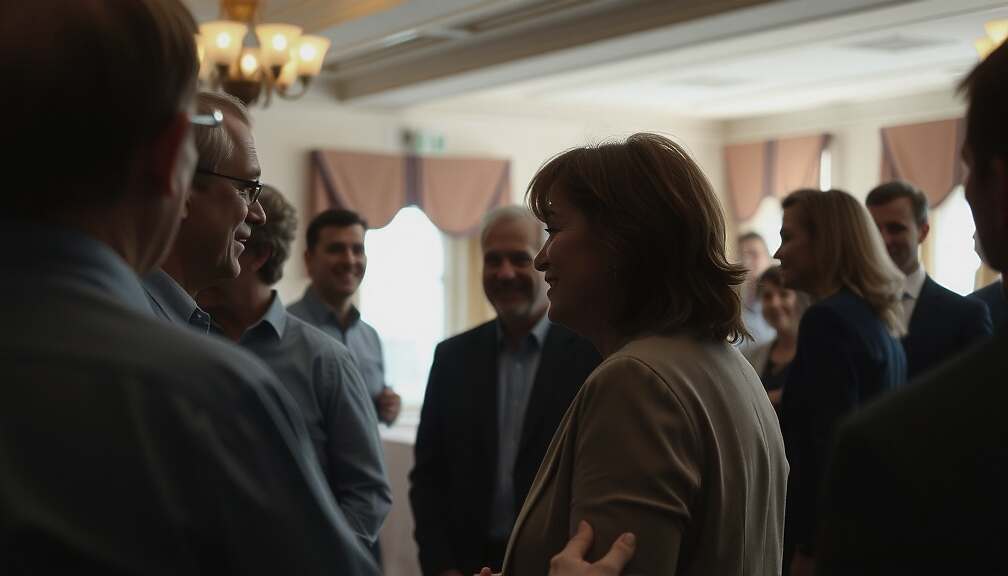Catherine Connolly is poised to become Ireland’s next president, securing a decisive victory in a vote marked by low turnout and a concerning number of spoiled ballots. Preliminary vote counts indicate a landslide win for the independent candidate, exceeding 60% and signaling a significant shift in the country’s political landscape. Connolly, backed by several left-leaning parties, will succeed Michael D. Higgins, becoming Ireland’s tenth president.
The result represents a considerable upset, challenging the established dominance of traditional political parties. Connolly’s platform, rooted in social justice and critical of austerity measures, appears to have resonated with a substantial portion of the electorate, despite a relatively muted campaign from her rivals.
Fine Gael’s Heather Humphreys, conceding defeat, expressed disappointment with the tenor of the campaign. While offering congratulations to Connolly, she highlighted what she described as “sectarian attacks” targeting her family, raising questions about the increasingly divisive nature of Irish politics. Humphreys’ strong regional support in Cavan-Monaghan underscores the geographic disparities in Connolly’s victory.
A particularly troubling aspect of the election was the unusually high number of invalid votes, particularly concentrated in the Munster region. Humphreys has called for a government inquiry into these discrepancies, suggesting potential systemic issues in voter understanding or access. The presence of Jim Gavin’s name on the ballot, despite his withdrawal from the race, is also speculated to have contributed to voter confusion and subsequently, the substantial number of spoiled votes.
With a franchise of 3.6 million eligible voters, the comparatively low participation rate coupled with the elevated number of invalid ballots raises serious questions about the health of Irish democracy and highlights the need for renewed efforts to engage citizens and ensure electoral clarity, lest the mandate of the new president be viewed as less representative of the nation’s will. The incoming administration faces a critical task in addressing these underlying issues alongside the challenges of the presidency.












